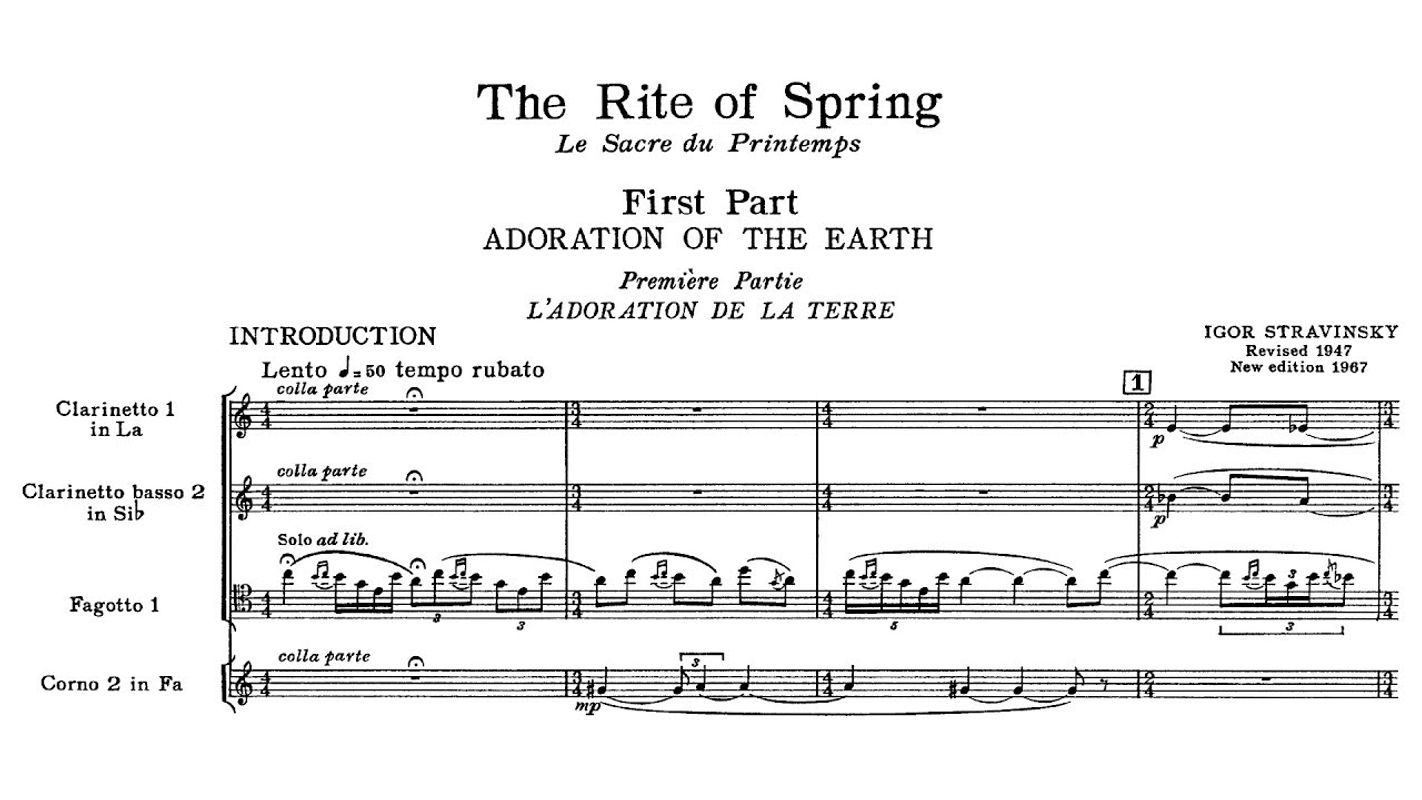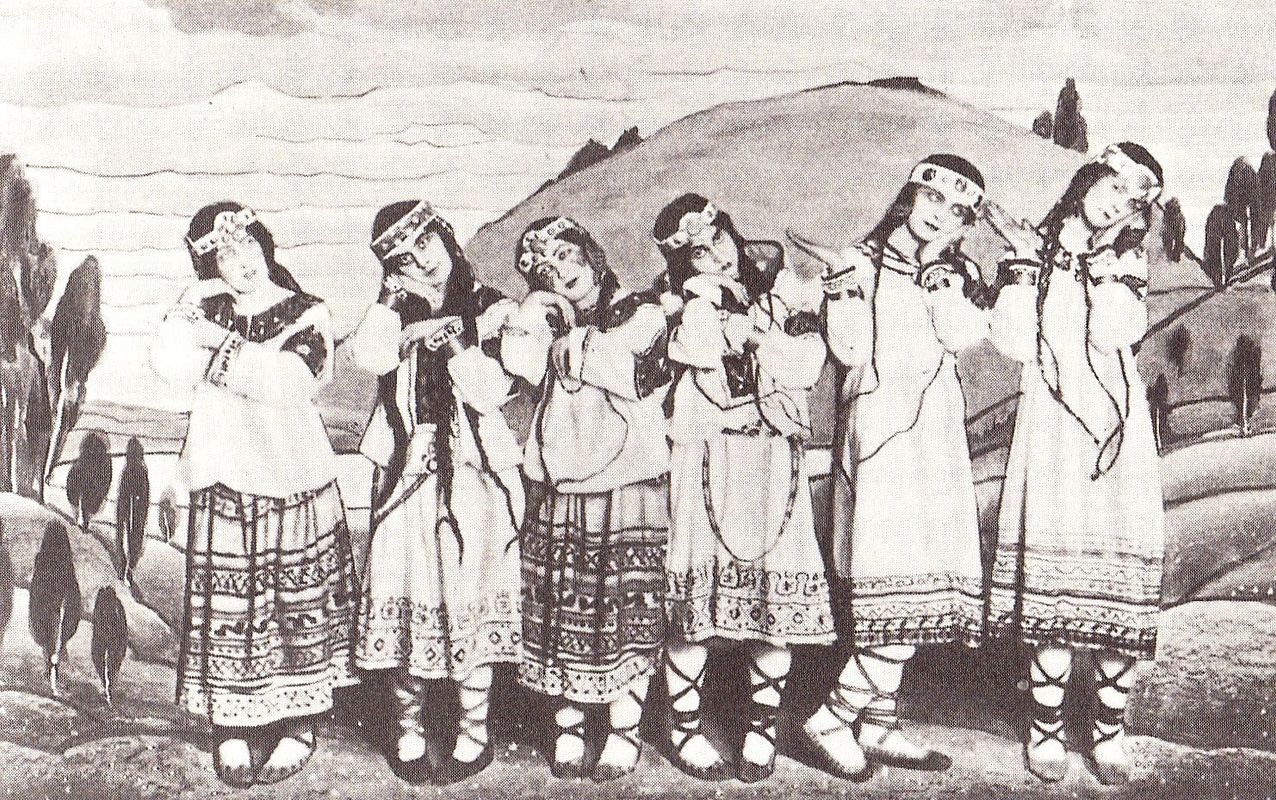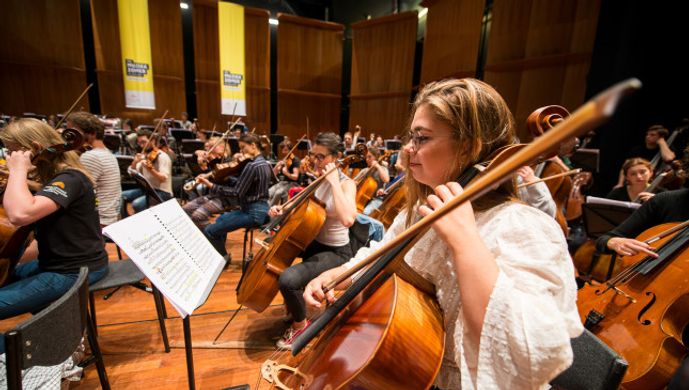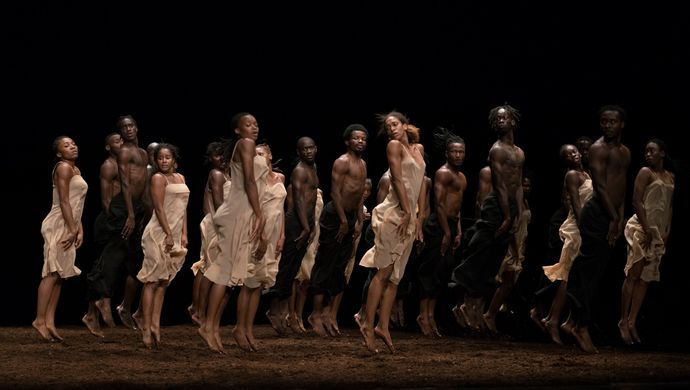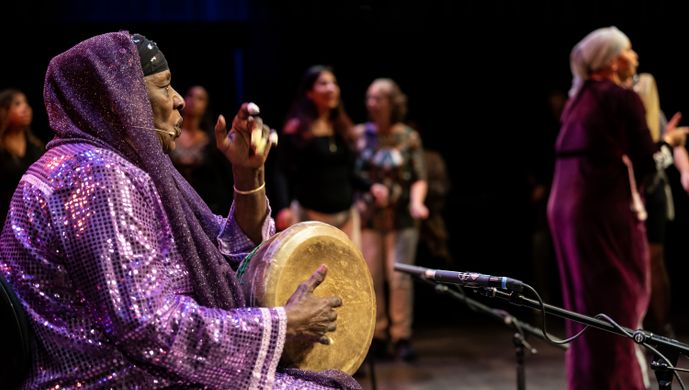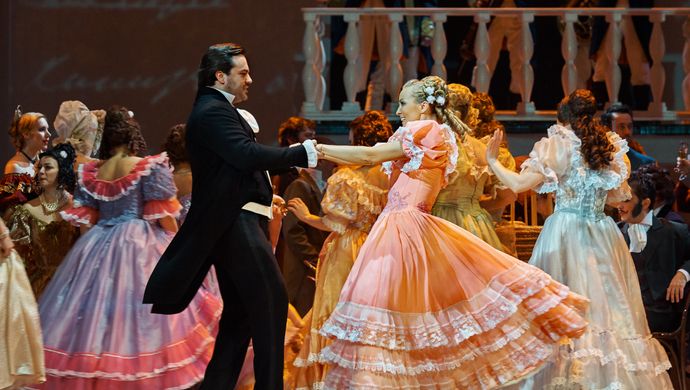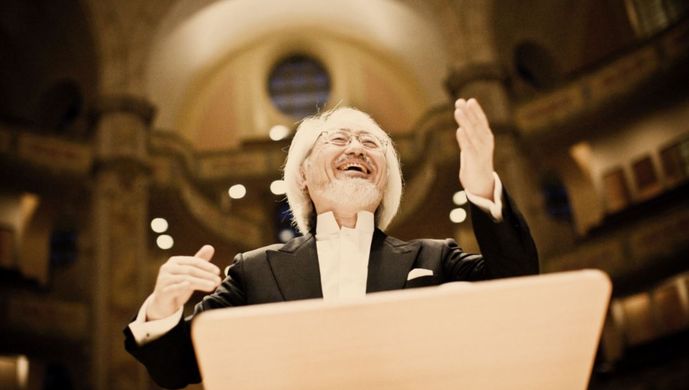
The Rite of Spring: once vilified, now celebrated
31 October 2022, article, text: Luc den Bakker
Those who were lucky enough to be present in Amare’s Concertzaal on Thursday 27 October were treated to an unforgettable concert as Lucas and Arthur Jussen showcased their incomparable abilities in a performance of Stravinsky’s masterwork, The Rite of Spring. The unfortunate souls who missed out on this amazing evenening and those who simply cannot get enough of Stravinsky’s incredible piece need not lament, however: our schedule offers another four opportunities to hear and see The Rite of Spring this season. On 12, 13 and 14 January, 36 dancers of the Senegalese École de Sable perform Pina Bausch’s famous choreography in a joint production with the Pina Bausch Foundation and Sadler’s Wells, and on 17 January the National Youth Orchestra present their rendition of the Rite under the leadership of Antony Hermus. The cup truly runneth over for fans of this piece – but popular though it may be now, it was met with utter contempt when it first premiered.
In 1912, the young composer Igor Stravinsky was commissioned to compose a ballet by Les Ballets Russe, a Russian ballet company that was making waves in Paris at the time. French audiences were enamoured of all things exotic, and Les Ballets Russe cleverly used that to their advantage. Stravinsky had already composed two earlier ballets for them, The Firebird and Petrushka, both of which received rave reviews.
With his third ballet, Stravinsky wanted to do something different. The first two had been fanciful, imaginative stories, but for his new work he wanted to go back to prehistoric times, when heathen Slavic steppe tribes worshipped Mother Earth and the border between life and death, between the natural and the mystical, were not as clear-cut as in the twentieth century. The Rite of Spring therefore portrays a fictional ritual: in order to welcome spring and ensure a good harvest, a young maiden is chosen… to dance herself to death. Not for the faint-hearted, indeed.
Why, then, was the Rite’s premiere such a disaster? That may well be down to the barbaric narrative, but the music certainly did not help matters: multiple tonalities all at the same time, pounding, irregular, dissonant chords and brusque transitions… and then there was the choreography. No elegant swans and valiant princes here: instead, the audience was subjected to the frenzied stamping of prehistoric shamans. All in all, the Parisians of the belle époque were not amused. Much booing ensued, objects were thrown, and the performance was blown off prematurely.
So why is this piece so popular today? To that, we would say: go to a concert and you’ll hear it for yourself. Because there is something very special about this composition: it does not age. Despite being well over a century old, the music still sounds fresh and lively. Perhaps that is why generation after generation of musicians and dancers keep finding inspiration in it.


